Best Practices for E-Bike Fat Tires: Keeping Your Wheels in Top Condition

E-bikes have been steadily gaining popularity in recent years. You can use them for exercise, fun rides, and even transportation. However, to maximize its economic life cycle, all mechanical equipment requires regular, thorough maintenance.
A top-notch bike needs a top-notch tire. Preventing costly breakdowns and accidents through regular maintenance is a great way to save money in the long run. The good news is that e-bike tires are simple and inexpensive to maintain, saving riders time and money in the long run. You just need to focus and be consistent with the routine maintenance of your e-bike to keep it in pristine condition.
Several methods exist; in this article, we will focus on those that can help you keep your e-bike tires looking their best.
8 Practical Ways to Keep Your Electric Bike's Fat Tires in Top Condition
Different cyclists have different preferences, and some prefer the challenge of riding on unpaved roads. Make sure your e-tire bike is suitable for the terrain you plan to ride, no matter how you normally ride it. However, e-bike tires, like car tires, will eventually wear out regardless of the terrain.
One way to help keep your tires looking good is to check your tire pressure regularly, but there are other ways too. Our findings will help you take better care of your tires.
Check the tire pressure.
One of the most important things you can do to keep your e-bike in tip-top shape is to check your tire pressure regularly. Properly inflating your e-bike's fat tires will make for a more comfortable ride and prevent flats.
Additionally, low pressure can cause rim damage and tire wear. This means people may have to replace them more often.
Many e-bike riders don't check their tire pressure for weeks. Checking tire pressures before every ride, or at least every three days, and pumping tires as needed is a good habit to develop in preparation for the next day's ride.
Additionally, low pressure can cause rim damage and tire wear. This means people may have to replace them more often.
While the ideal tire pressure will vary depending on the type of tire you have, most road tires need between 80 and 130 psi, mountain bike tires need between 25 and 35 psi, and mixed terrain tires need between 40 and 70 psi. The tire manufacturer's recommended minimum and maximum psi can be found on the tire sidewall.
Pinch the sides of the wheel to see if the tire pressure is correct. At this point, you should feel the tires firm up. If you want to be extra careful, you can get a gauge that shows how much air is in the tire, but you can also just buy a pump.
Check tires regularly.
Flat tires are an old problem. Every tire will eventually deflate, whether it's a drop of a few psi units per week or a significant drop that causes a flat. This is true even for tubeless tires and tires that use tubes that are not as flat as other tubes. Increased tire pressure, as well as external factors such as cooler temperatures and weather, can also increase the amount of air loss.
Checking your tire pressure before every ride is the best way to make sure your tires are in good condition. The key is to get in the habit of checking and replenishing once a day. If you don't, your tires may not have enough air.
Check your rims
The inflation level of a tire is directly proportional to the diameter of the wheel it is installed on. That's why you need to keep an eye on it regularly. Avoiding flat tires necessitates paying close attention to the tire's fit to the rim. Flat tires and rim damage can be avoided with routine inspections. If spoke holes, valve holes, or rim edges are missing, riders should replace the rim tape until these issues are resolved. Regular attention to the rims will keep your e-bike tires in good shape. You can get more miles out of your tires by taking a few minutes every few weeks to check the condition of your rims.
PSI should be adjusted according to your riding style.
Maintaining proper tire pressure is not a one-and-done task. On flat roads, hard tires inflated to higher pressures have less flex and a smaller contact patch. In any case, you'll need to do some experimentation to find the right psi, not only for your bike but also for your riding style, as there is no perfectly smooth path.
Loss of speed, altered handling, contact patch, grip, and ride comfort are just some of the side effects of riding on over-inflated tires. Each tire on the Shengmilo Ebike can provide excellent traction and grip at 70 psi on flat roads, but even faster on rough roads at 60 psi. It is recommended to release approximately 10 psi from each tire when driving in wet conditions.
If you're a trail rider on a mountain bike, you should know that while your bike will feel more stable and secure at 40 psi, it will feel more stable and secure at 30 psi.
Also, don't leave your bike in places it's not meant to be ridden. Adjust tire pressure based on the terrain you anticipate riding on and the type of bike you ride. Road bike tires are not suitable for rough terrain as they are designed to be lighter and more aerodynamic for riding on flat surfaces.
If you ride on rough surfaces a lot, pulling off the curb too gently can damage your bike's wheels and rims. Physically checking your e-bike tires daily can help them last longer. Make sure the wheels are not stuck and can move freely.
Do not over-inflate e-bike tires.
It was briefly mentioned that higher tire pressures are not always optimal. Overinflated tires are very dangerous and should be avoided at all costs. Many riders find that the recommended maximum tire pressure for their e-bike tires is too high because it doesn't take into account factors such as their riding style and body size.
For safe riding on rough terrain, or if you recently upgraded your e-bike to wider or thicker tires, you should reduce tire pressure. Low tire pressure increases rolling resistance, but the tire itself has the biggest impact.
Try different tire pressures.
Of course, every e-bike tire needs to be properly inflated. Several factors, including your e-bike tires and riding style, can affect your final decision on tire pressure. Some experimentation may be required to determine the ideal tire pressure for your riding style.
Deflating your e-bike's front and rear tires is one way to find the sweet spot for your weight and riding style. Afterward, get on your e-bike and make a mental note of how you and the bike feel. If it doesn't feel right, you should adjust your tire pressure.
A bit of a floppy front wheel indicates more air is needed. Tires inflated to the correct pressure will make driving any route effortless.
It's important to remember that recommended tire pressures change when you change tire sizes or brands and when you drive on different types of terrain or in different weather conditions. Once you've determined your optimum tire pressure, make a mental note of it.
Regular tire cleaning is required.
Keeping your e-bike tires clean is another way to extend their life. Whether you're a serious worker or a casual rider, your bike has been tested. Heavy lifting equipment requires regular maintenance, which includes thorough cleaning.
Tires can stay in pristine condition for thousands of miles if cleaned regularly. All it takes is a dish towel and some hot water. If dirt cakes are on the wheels, you can wipe them off with a damp rag. Wheel cleaning will reveal any rust spots that need lubrication. Alternatively, you can use a wire brush to remove any mud embedded in the spokes. If you want to keep your electric bike's bearings in good shape, you should never use a hose to clean the tires. Electronic components of e-bikes are also vulnerable to damage from pressure washing.
Correct use of electric bicycle brakes
Frequent use of e-bike brakes is the main cause of tire wear during training. When riding an e-bike, riders should avoid braking too quickly or causing the bike to spin. Slamming on the brakes can cause tires to age quickly, which can be a problem for riders. The best way to avoid this is for riders to remain alert and move at a safe speed, no matter the terrain they are on. Therefore, they will have less need to stop suddenly. You can get more out of the money you invest in e-bikes if you play it safe on the road.
Additional Tips for Maintaining Electric Bike Tires
It's important to keep in mind other potential sources of tire damage while driving on the road. Things like thorns, broken glass, and scrap metal can puncture tires and cause serious damage.
Every tire needs consistent braking to last as long as possible. If you have to stop suddenly, don't let the tires spin. The tires on an e-bike will wear out faster if you make frequent, sudden stops.
Whenever you use a floor pump to inflate your tires, it's a good idea to carry a spare tire pressure gauge. Some floor pump gauges are less accurate than others because they measure the pressure in the gauge instead of the tire.
You should also store your tires properly if you want to ensure their longevity. Determine what steps you can take to prevent your tires from deteriorating while in storage.
Causes of tire wear
Tire rubber oxidizes and degrades over time when not in use, just like the rest of the tire. This causes it to become brittle, crack, and eventually break. Tire aging can also be caused by other causes.
Ultraviolet rays can cause direct and indirect damage to electric bicycle tires.
The rubber may also swell if it's cold outside. Extreme temperature changes (up or down) can cause structural damage to the tire, which can cause the tire to expand and contract repeatedly.
Rubber deteriorates rapidly when exposed to ozone. Electrical discharges and UV radiation are just two examples of possible sources.
Be prepared for long-term storage of e-bike tires.
The first step in preparing your e-bike for storage is to remove any debris, such as grass, mud, or gravel, from the tires. One effective method is to use a bucket of hot water and a rag. When cleaning tires, always check for excessive wear, cracks, or other damage.
After cleaning your tires, you should allow them to air dry. Once the tires are completely dry, your e-bike is ready to be put away. The most common way to store e-bike tires is to place each tire in a ziplock bag, such as a lawn bag or a leaf bag, and seal it with strong, durable tape.
Find the most suitable storage area.
Once you're ready to store your tires, you have to figure out where to put them. Tire professionals and manufacturers agree on the best way to store tires.
There is no sunlight, and the humidity is low.
In climates where high or low temperatures are rare,
It is possible to store e-bikes in a garage or attic, but the temperature there may be too high for the tires, so depending on where you live, this is something to keep in mind. To further complicate matters, if these areas have any windows or vents, you may be inadvertently exposing them to UV rays.
Tires should be stored in the basement if possible. If you go this route, it's important to keep your tires away from ozone-emitting equipment like motors, generators, furnaces, switches, pumps, and heat pipes.
Here are some suggestions for storing your e-bike when it's not in use.
To stack bicycle tires, you first have to lay them flat on their sides, then use cardboard to create space between them.
Suspension: This is how e-bike tires are stored to maintain their shape and reduce tension during storage.
Another thing to consider at the end of the riding season is refolding your tires. Remove the rubber from the wheel, fold it in half, and secure it with a rubber band or zip tie. It's just the rubber you need to find a home for, not the wheel itself.
However, some experts warn that this method may accelerate the deterioration of the rubber by causing the rubber structure to crack due to repeated folding. Consider other options if you intend to store your e-bike tires for an extended time.
Install guards on each tire.
Finally, before using your e-bike tires for the long term, you should give them some extra protection. Before you put your tires away for the winter, you can protect them with a protective spray. Protectors are a great idea if you're not going to store your e-bike tires in optimal conditions.
However, it's important to do your research before purchasing a protector. Both manufacturers and experts recommend choosing a protectant that is gentle on the skin.
Alternatives to Electric Bike Storage
If you can, take your e-bike out for a ride once a week while it's in storage. Twice a month is also acceptable. Letting things continue to move normally will prevent moving parts from jamming or rusting.
Every time you make a U-turn, make sure your electric tire bike turns in a straight line. If you notice anything unusual, your bike may need to be professionally inspected and serviced. You can get the most out of your e-bike by investing a little money now and then, even if just once a year.

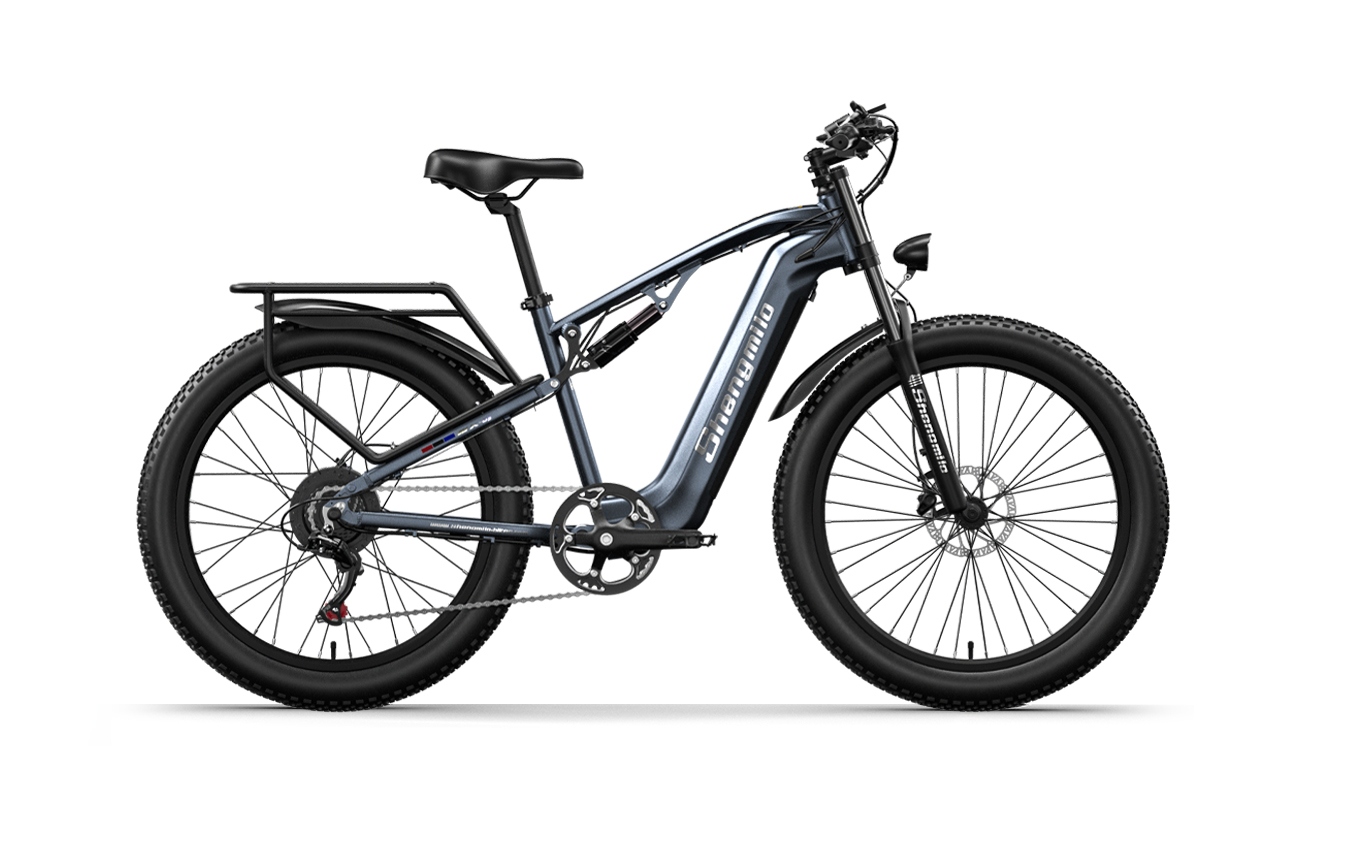
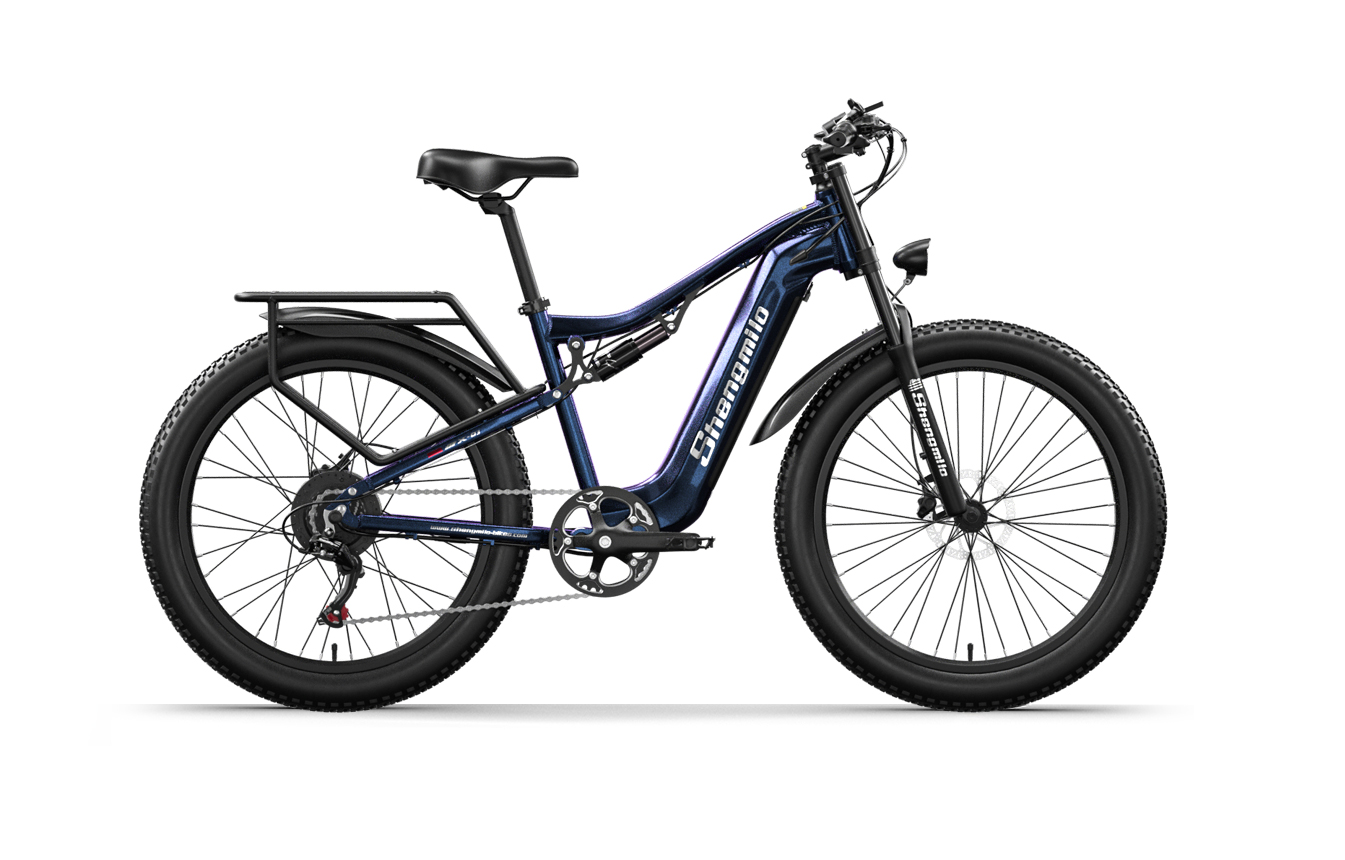
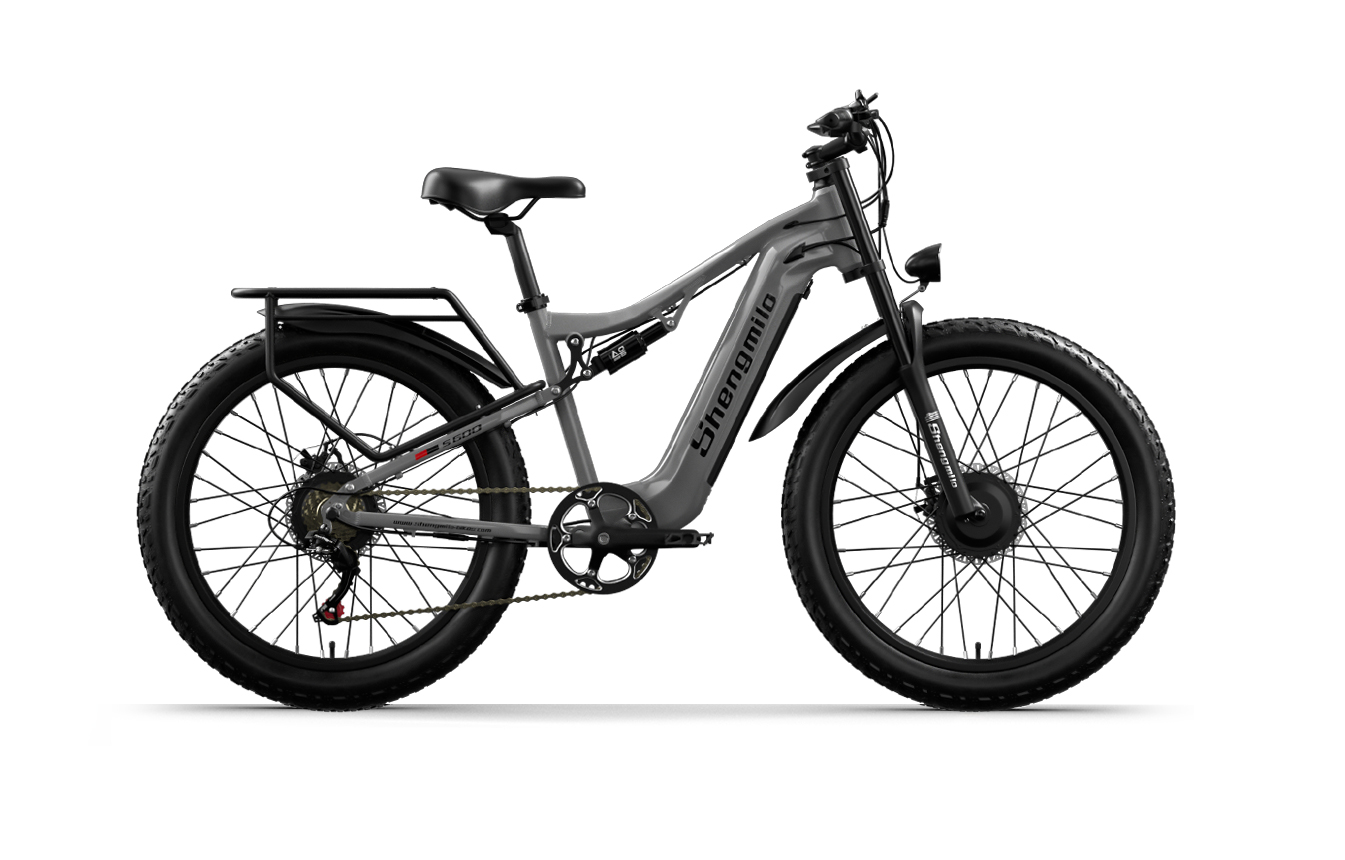
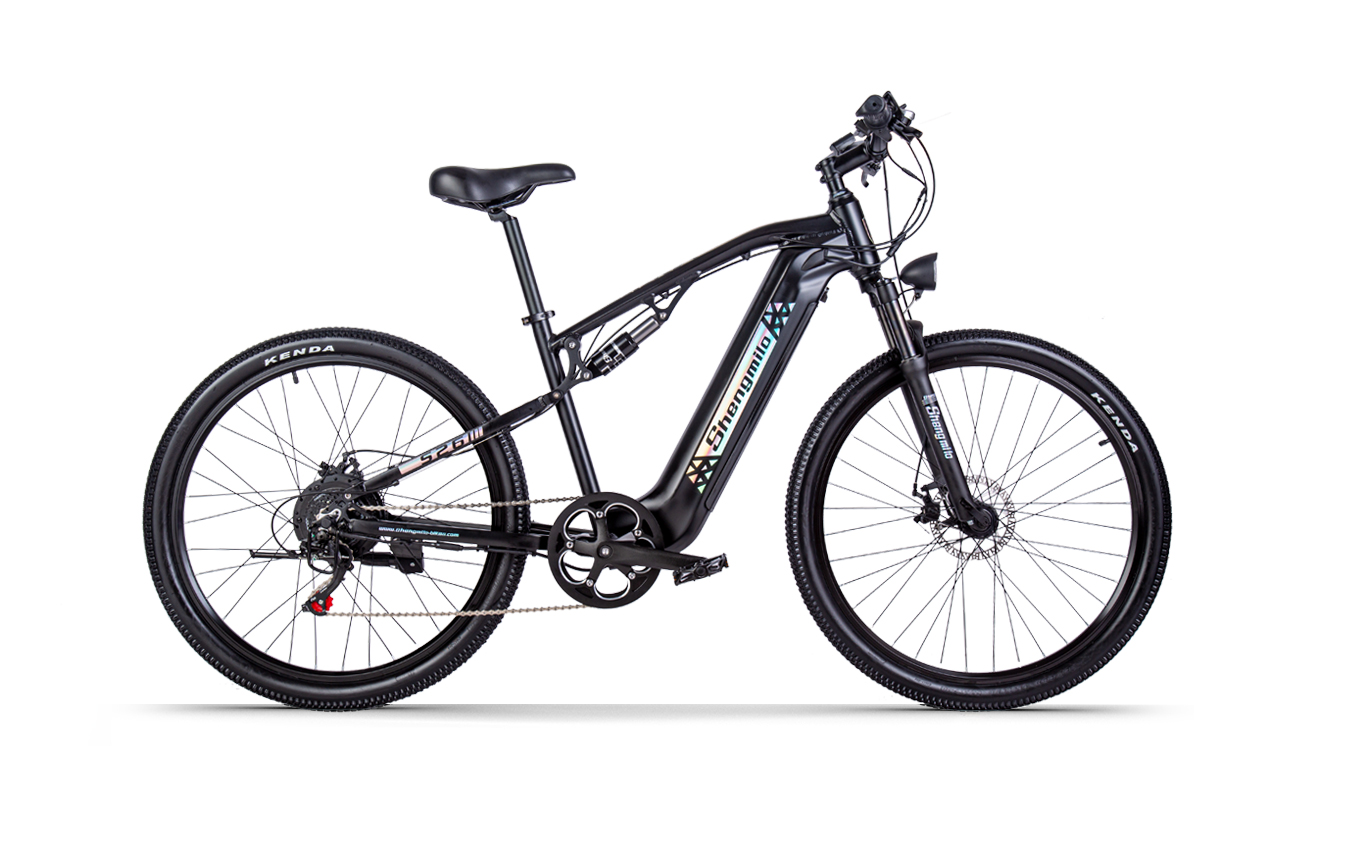
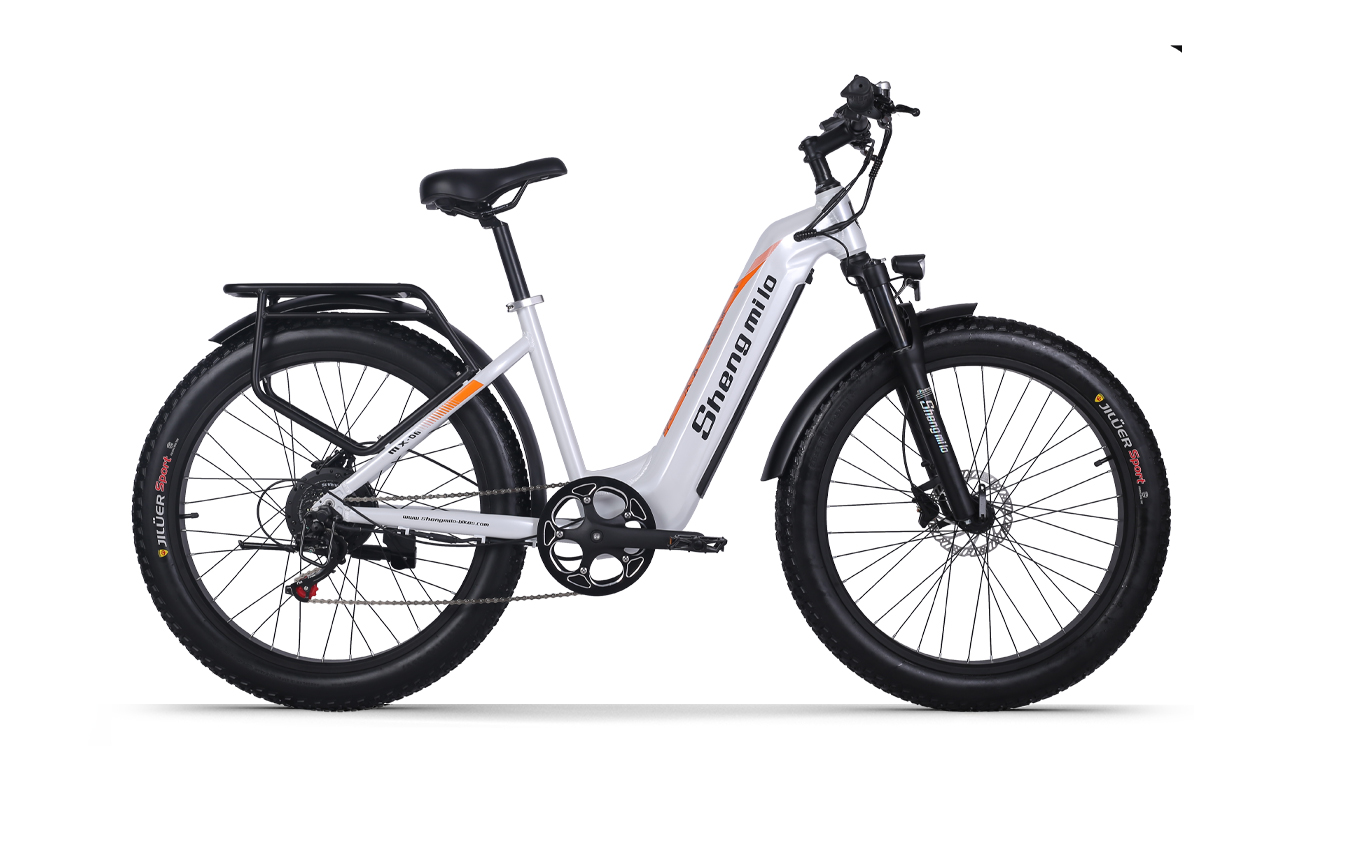
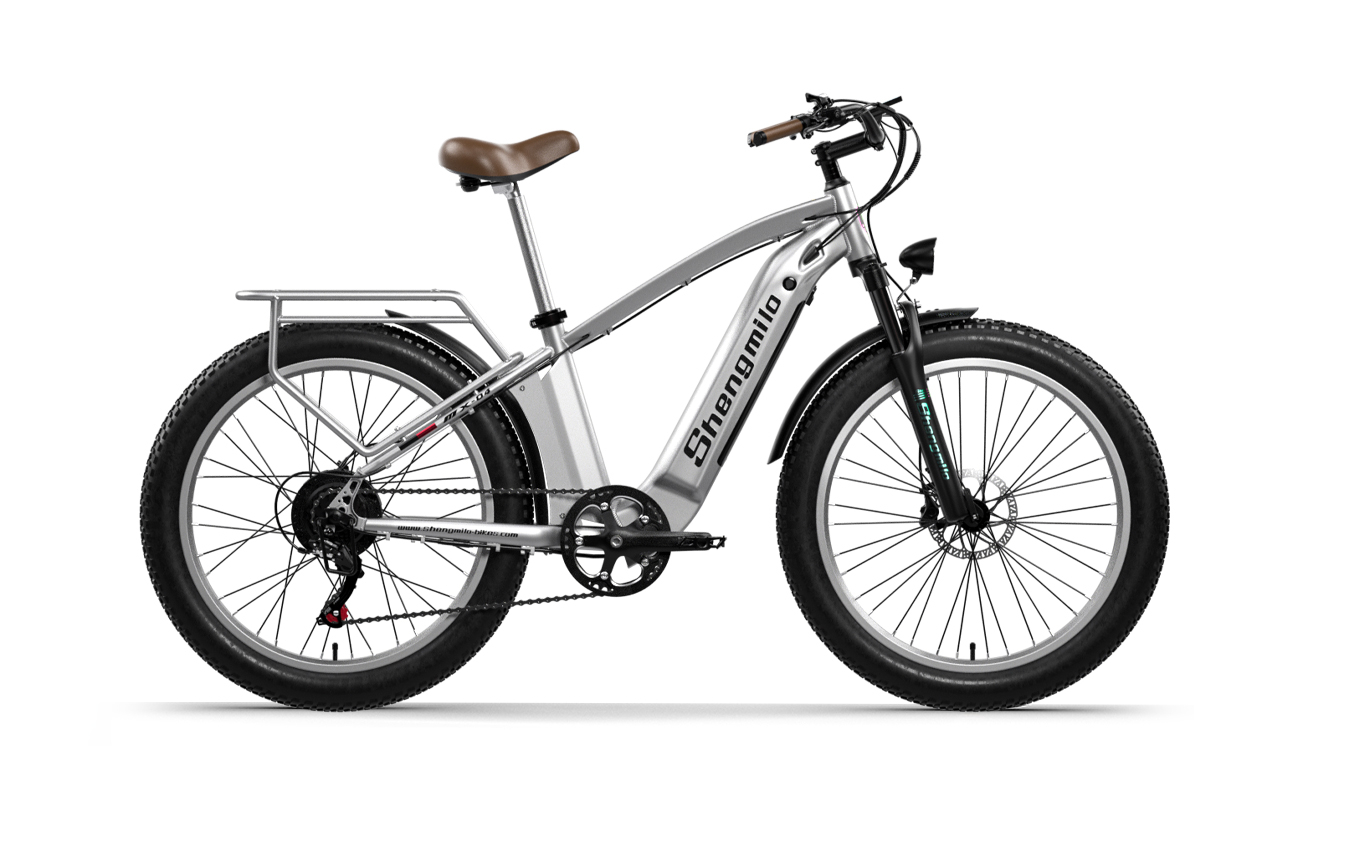
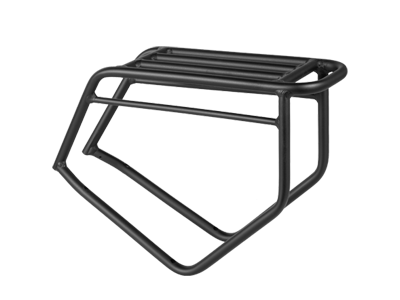
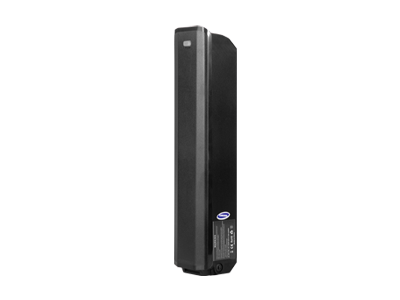
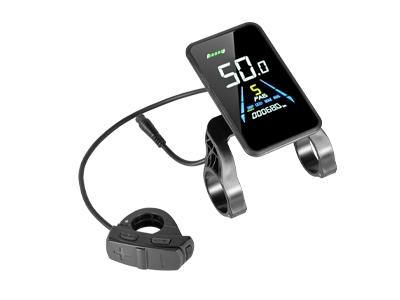
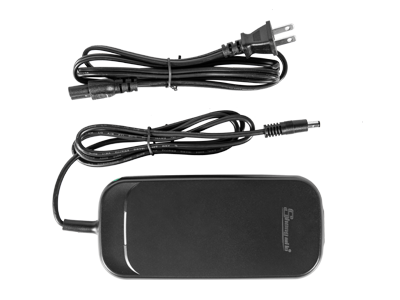
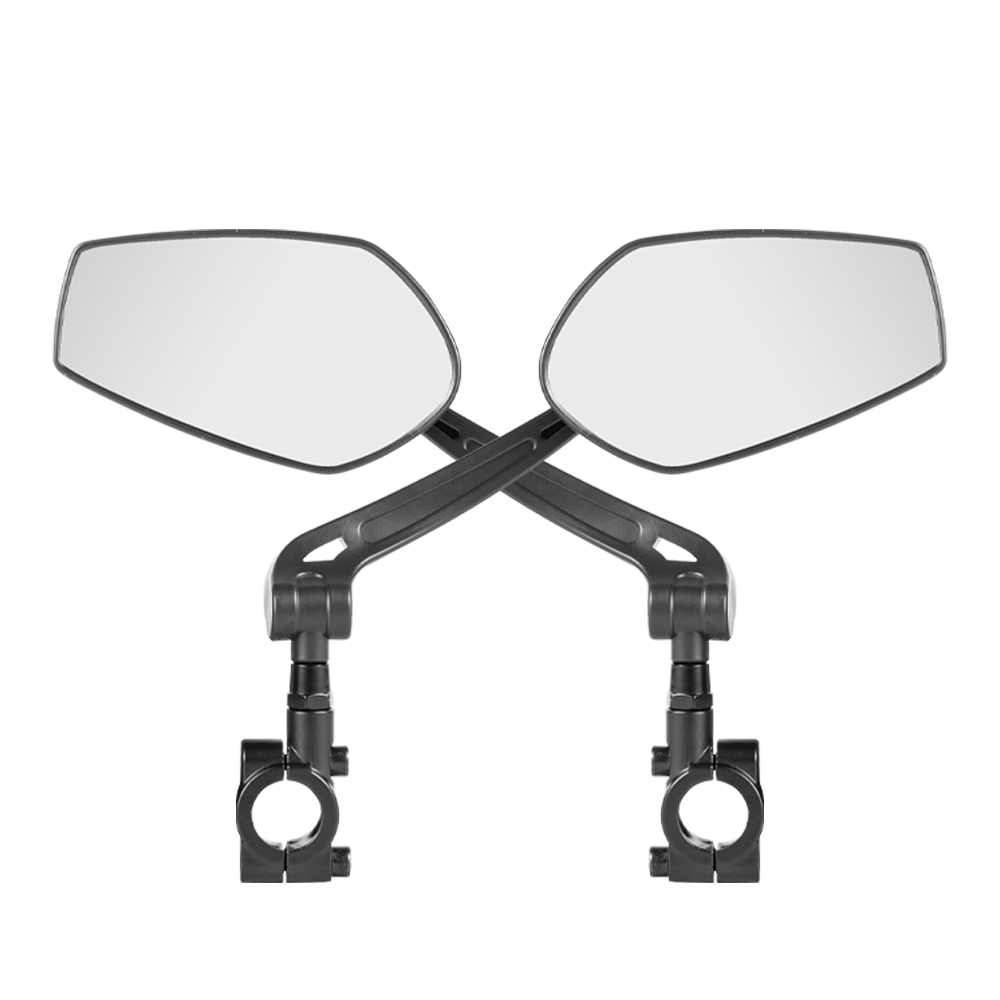
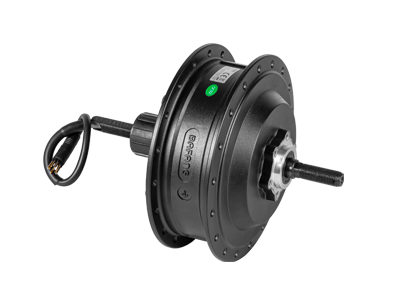
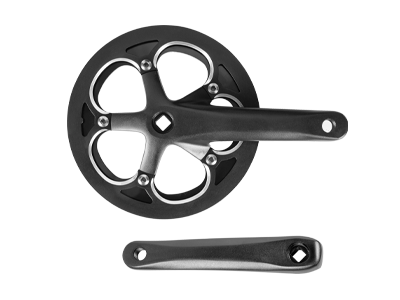
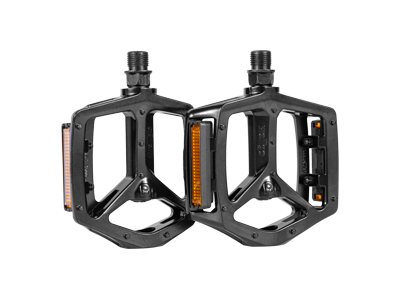
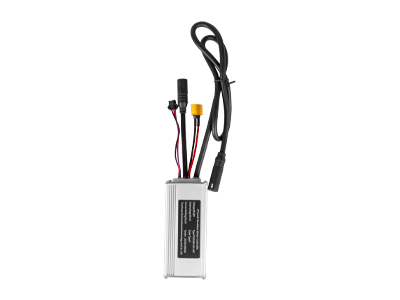
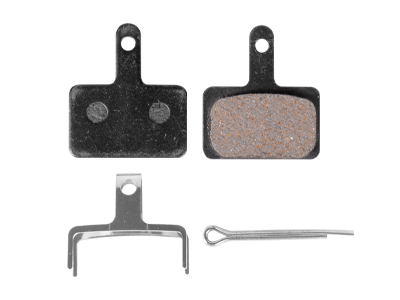
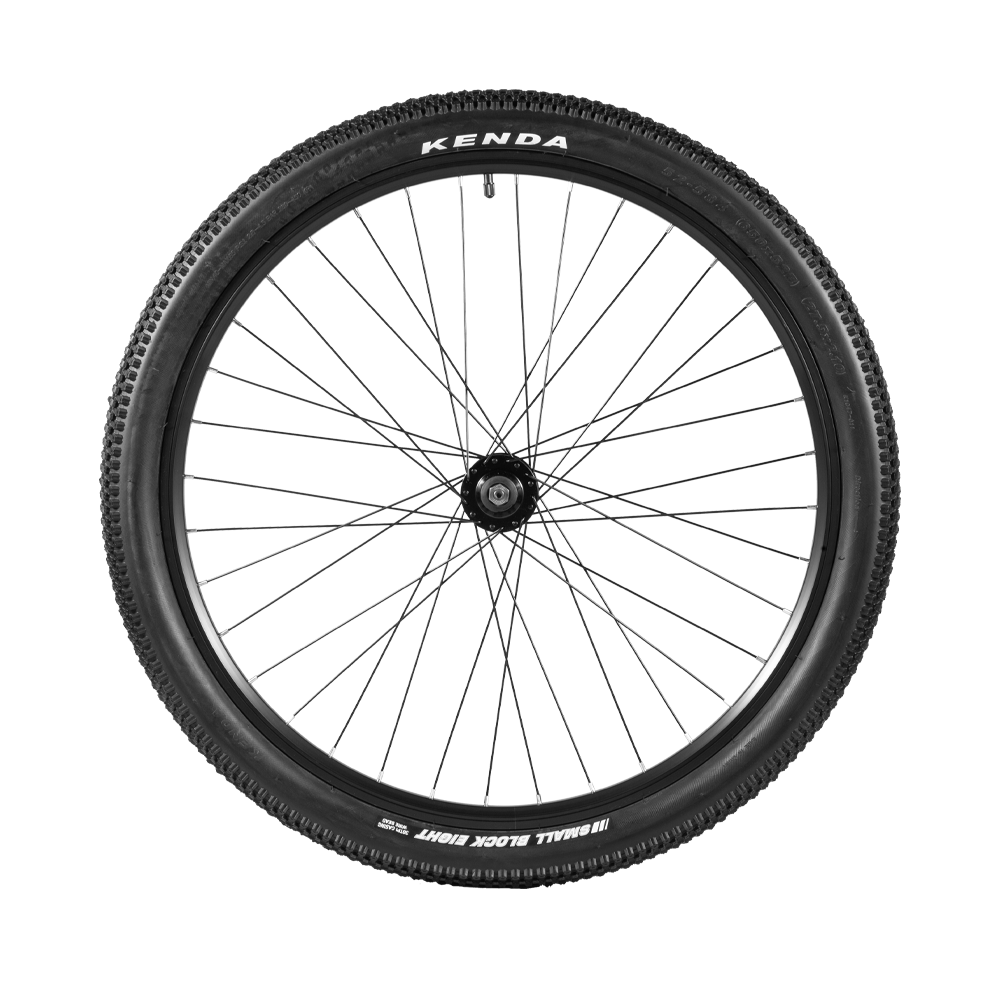






Leave a comment